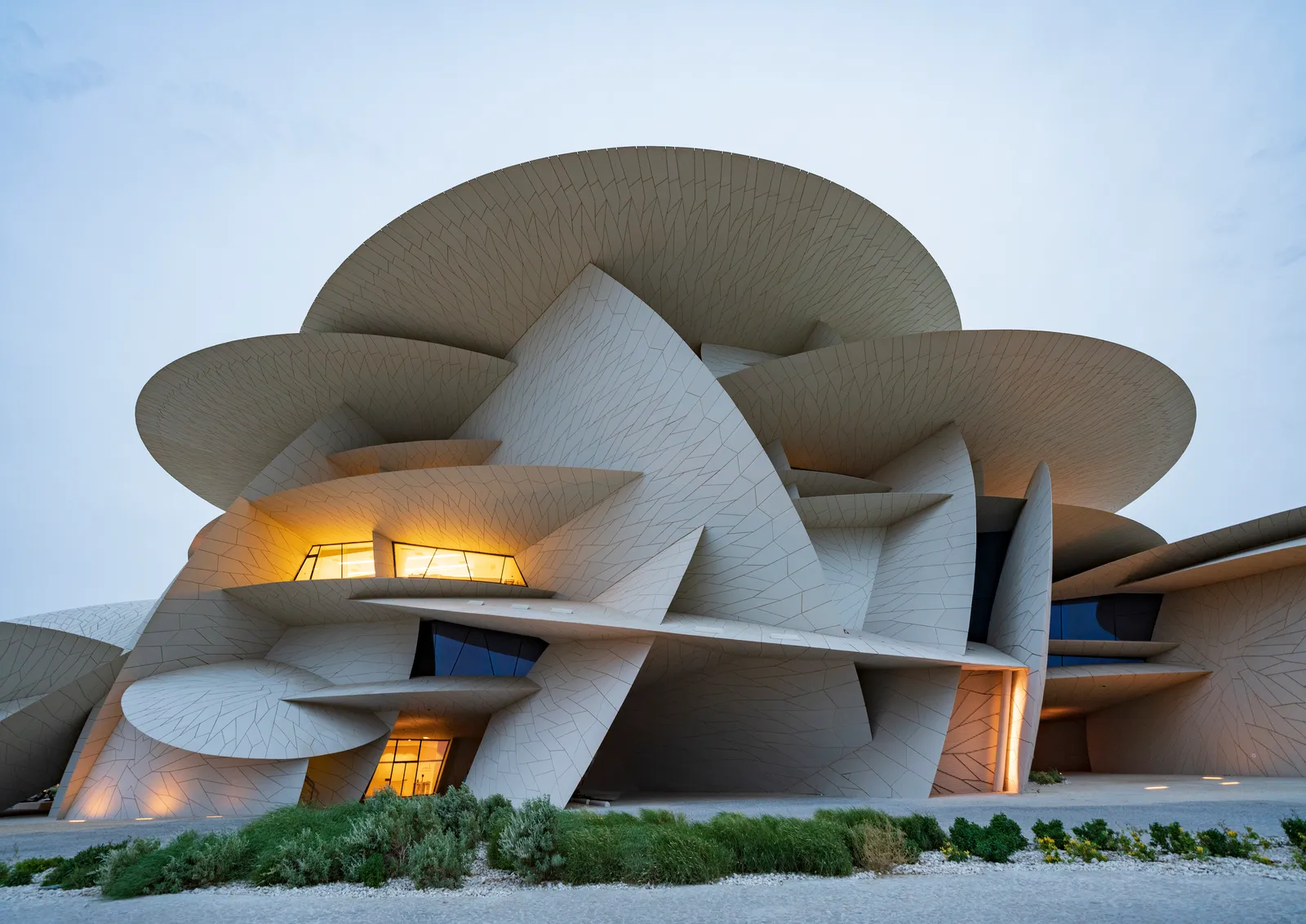
Architecture Building: Unveiling the Art and Science of Structural Design
Introduction
In the realm of civil engineering, architecture building stands tall as an art that fuses creativity, functionality, and engineering prowess. The awe-inspiring structures that grace our cities, from ancient wonders to modern skyscrapers, are a testament to the brilliance of architectural design. In this article, we delve into the world of architecture building, exploring its rich history, fundamental principles, and the remarkable structures that have shaped human civilizations.
1. The Genesis of Architecture
1.1 The Origins of Architecture
The roots of architecture can be traced back to the earliest human settlements, where primitive shelters were created using natural materials like wood and stone. These simple structures laid the foundation for the evolution of architectural design.
1.2 Architectural Marvels of Antiquity
Discover the magnificent structures of antiquity, such as the Pyramids of Egypt, the Parthenon in Greece, and the Colosseum in Rome. These awe-inspiring edifices showcase the architectural brilliance of ancient civilizations.
2. The Elements of Architectural Design
2.1 Form and Function: Striking the Perfect Balance
Explore how architects strive to achieve the delicate balance between aesthetics and functionality. Learn how each design decision impacts the overall structure and its inhabitants.
2.2 Materials and Construction Techniques
Uncover the wide array of materials and construction methods employed in architectural design. From traditional bricks and mortar to cutting-edge sustainable materials, architects continuously innovate to meet the demands of the future.
2.3 The Role of Technology in Modern Architecture
Embrace the digital age of architecture, where computer-aided design (CAD) and Building Information Modeling (BIM) revolutionize the way structures are conceptualized and built.
3. Architectural Styles Through the Ages
3.1 Classical Architecture: Embracing Order and Symmetry
Dive into the world of classical architecture, with its emphasis on proportion, harmony, and replication of ancient styles.
3.2 Gothic Architecture: Reaching for the Heavens
Discover the soaring cathedrals and intricate stonework that define the Gothic architectural style, born from a desire to transcend earthly limitations.
3.3 Modernism: Form Follows Function
Unravel the principles of modern architecture, where clean lines, minimalism, and technological advancements redefine the essence of structural design.
4. Sustainable and Eco-Friendly Architecture
4.1 Green Building: Designing for a Sustainable Future
Learn how architects embrace eco-friendly practices, incorporating renewable energy sources and sustainable materials to minimize the ecological footprint of buildings.
4.2 Passive House Design: Efficiency at Its Best
Explore the concept of passive house design, where energy-efficient principles result in buildings that consume significantly less energy for heating and cooling.
5. Iconic Structures of the 21st Century
5.1 Burj Khalifa: Reaching New Heights
Witness the majesty of the Burj Khalifa, the world’s tallest building, and discover the engineering feats that made its construction possible.
5.2 The Eden Project: A Biodome Wonder
Immerse yourself in the ecological marvel of the Eden Project, a series of biomes housing diverse plant species under striking geodesic domes.
Conclusion
In conclusion, architecture building is an extraordinary fusion of art, science, and human ingenuity. From ancient wonders to modern masterpieces, each structure is a testament to the creative vision and engineering acumen of architects throughout history. As we venture into the future, the sustainable and innovative practices of architecture will continue to shape our world, providing us with awe-inspiring spaces that blend seamlessly with nature.





0 comments
Write a comment